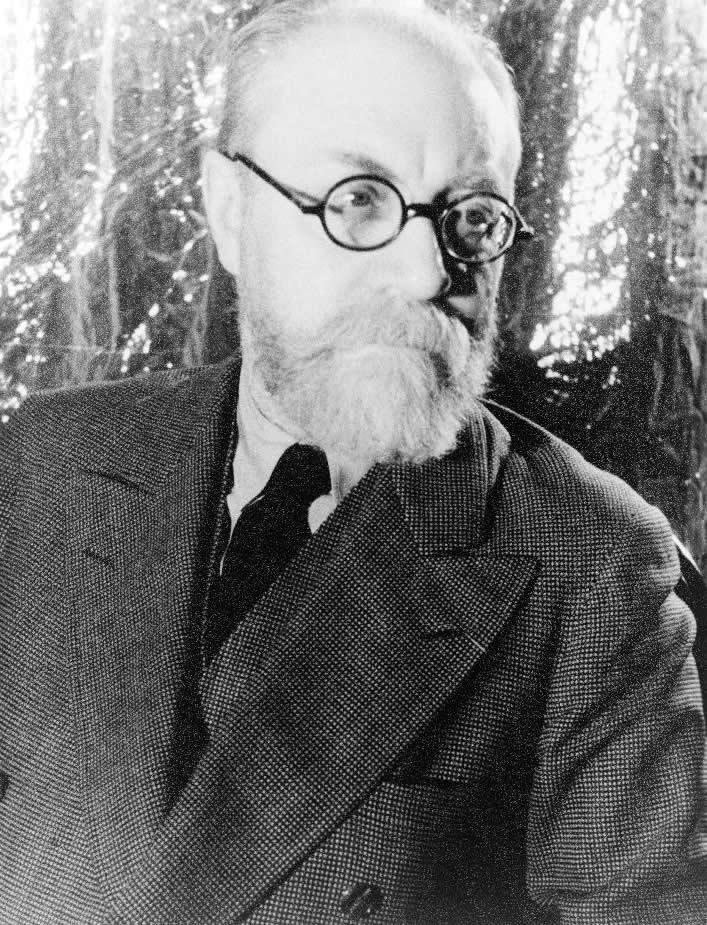Henry Matisse biography
Henry Matisse (1869–1954)
French painter, born in Picardy. He studied art in Paris, copied pictures in the Louvre and was influenced by the Impressionists, Cézanne and Gauguin. In 1905 he became the leader of a revolutionary group of artists, labelled ‘Les Fauves’ (‘wild beasts’).
To them colour was end in itself and its use was unconnected with the colour of the subject portrayed. Matisse covered large unbroken areas with colour, disregarding perspective and the distortion its absence produced, but discovering new decorative effects by the vibrancy and luminosity of the colour itself, yet though the effect of his work was to hasten the arrival of abstract art, he himself was not an abstract painter.
Similarly, though his colour patterns often took geometrical shapes he was never a Cubist. In fact as the years went by he reduced the element of violence, and ‘balance, purity and moderation’ became his aims. Just as fruit and flowers supplied him with decorative themes so did women – his Odalisques adorn and delight but convey no sensual message. After a period in which his pictures became smaller and less spontaneous, he was again, in the 1930s, seeking bolder effects.
A commission for the Barnes Foundation (Pennsylvania) allowed him to undertake murals. His last years were mainly devoted to designing and decorating with murals and stained glass a Dominican chapel at Vence near Nice, but even when he was over 80 he showed his versatility in a new way by using decorative collages (paper cutouts) as an art form.






